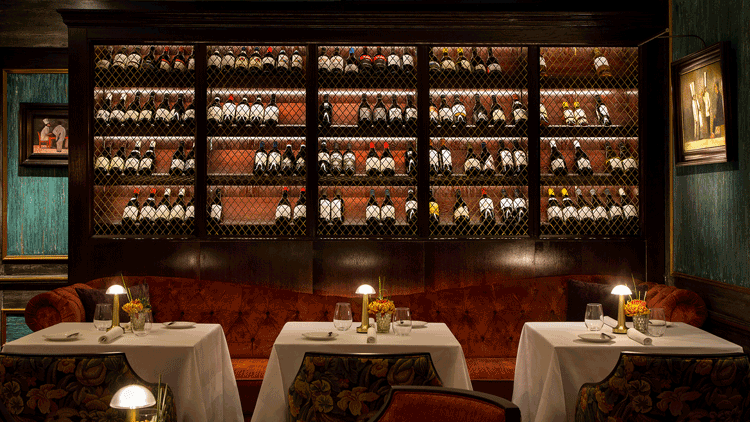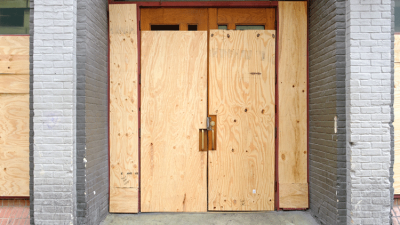London restaurant growth lowest in 30 years, says Harden’s

The capital saw a rate of 149 new restaurants open per year over a two-year period, which is in the middle of the range of 107–200 added per year in the previous 10 years, according to the 30th edition of Harden's London Restaurants, published next week.
Closures, however, were at a rate of 125 per year over the period, worse than 2018’s former high of 117 closures, and the former spike of 113 in 2003, a year badly hit by the SARS epidemic.
Net openings were at a rate of 22 per year, comparable with the lowest levels seen over the 30-year period, it says.
The guide’s analysis is based on two years of averaged data rather than over the usual one-year period because Covid-19 prevented the publication of its 2021 edition, causing the guide to skip a year.
By averaging the data, the results potentially understate the severity of the restaurant market’s low point, says Harden’s. However, it does emphasise the prolonged nature of the downturn, it adds.
Such weak figures are more dramatic in the current period, according to Harden’s, first, because they are relative to a much larger market than in former weak years; and second, because they represent a two-year period, whereas historically individual weak years have been downward spikes followed by immediate strong growth.
The company also questions whether the four-year period of record growth in the middle of the decade 2010-2020, where net London restaurant openings were 123 and 124 for 2015 and 2106 respectively, was unsustainable even without the pandemic.
"Even before March 2020, over-supply was a problem in the London restaurant market, and the pandemic meant there was absolutely nowhere to hide,” says the guide's co-founder Peter Harden.
“The result has been the most dramatic period of closures and churn that we have yet seen.
“Recessions normally hit weaker performers. In the closures we record, the fall-out is more randomly spread, with many excellent businesses shuttering due to factors as diverse as a City-based location, recalcitrant landlords, or a decision to take retirement and bow out gracefully.”
Changes in the London restaurant landscape
High-profile London closures over the two-year period include include Bryn Williams at Somerset House; The Dairy; The Greenhouse; Hai Cenato; Kym’s; Merchants Tavern; Roux at Parliament Square (pictured above); and Texture.
In terms of openings, after new Modern British (66 openings), the guide found that Japanese cuisine was the most popular for newcomers this edition, accounting for 23 of the new entrants.
Having been a rarity in early editions of the guide, Hardens says that Japanese dishes are becoming fully integrated into UK food culture. It also suggests that African and Afro-Caribbean cuisine as a category is breaking through into the luxury restaurant sector for the first time.
“For decades, African or Caribbean restaurants have flown under the radar as far as the general foodie press was concerned. They served their communities and locals but lacked any central London address and/or PR profile,” says Harden.
“But the arrival of new restaurants like Akoko, Antillean, Chuku’s, Chishuru and Tatale – to join the likes of Ikoyi and Stork – represent a striking break from the past."
































